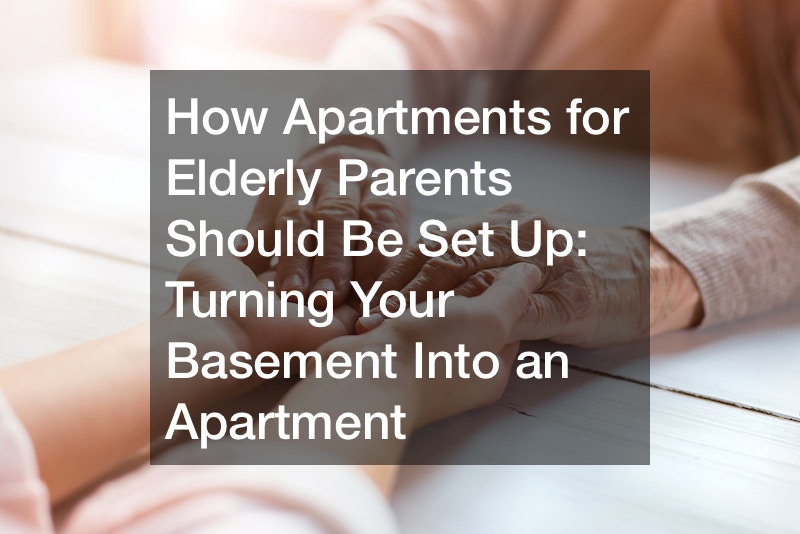
turn on and raise your electricity costs.
7. Improve the Stairway
In the best way possible seniors, and especially those who have mobility issues must be living without stairways. But, if they need stairs, make sure you upgrade and extend your staircase to allow ease of movement. Add a firm handrail and upgrade the lighting. The CDC advises that handrails be placed on each side. You can have lighting at the ground and on the ceiling.
Consider the height of the people who use a wheelchair for a staircase to ensure the stairs can be used to assist the weight of their legs. Make the steps as small as you can so that people do not need to raise their legs over the top. Also, expand the staircase so that two persons can gain access to the space when they assist the elderly. You can also have electrical lifts that can increase convenience, comfort and safety.
Final Reflections
Living in a home can boost the quality of life, safety, and convenience. Depending on needs, options such as assisted living, homes for parents who are elderly and renovated homes could be available. It is possible to let the elderly parents stay in the same house with them. If you are forced to choose between an upstairs or downstairs room, select downslope.
Be sure to keep safety, lighting and access to your home in the forefront of remodeling and renovation. Though it’s possible to make your basement an appropriate living space to seniors, but with proper upgrading, your basement might help avoid separating from your parents.
c1fgao8jgk.
